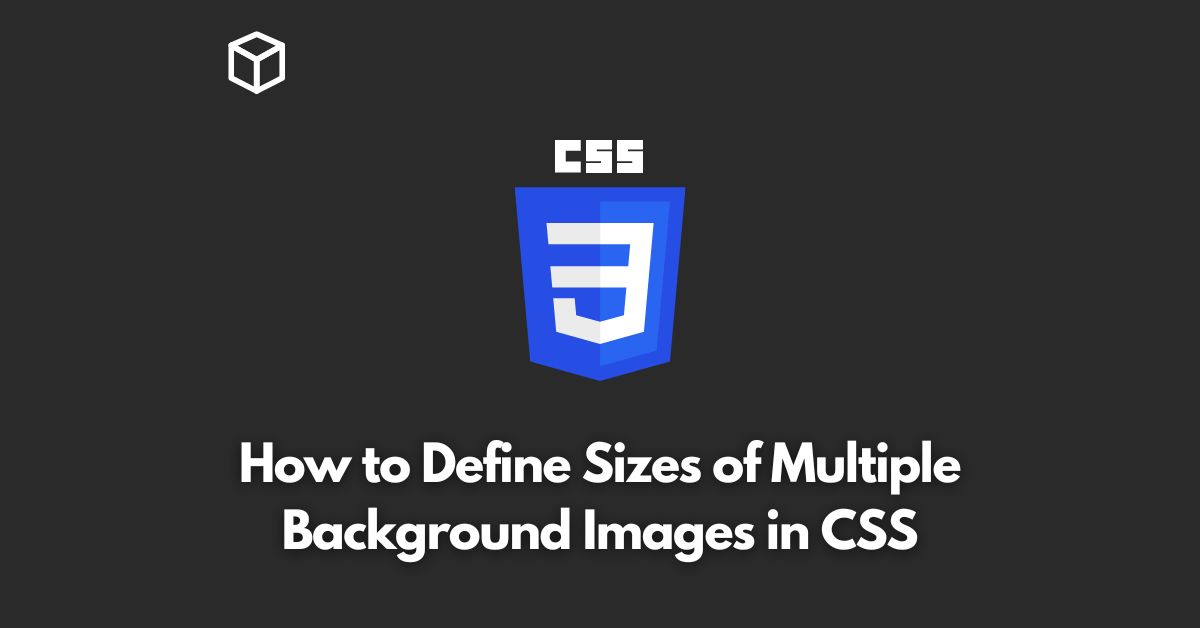CSS allows you to easily add background images to any element on your page, from the body tag to individual divs.
One of the most powerful features of CSS background images is the ability to define multiple sizes for the same image.
In this CSS tutorial, we will discuss how to define multiple sizes for background images in CSS.
Why Use Multiple Sizes for Background Images?
One of the main reasons to use multiple sizes for background images is to improve the performance of your web page.
By providing multiple sizes of the same image, you can ensure that the browser loads the most appropriate size for the device viewing the page.
This can greatly reduce the amount of data that needs to be downloaded, which can improve the load time of your page.
Another reason to use multiple sizes for background images is to ensure that the image looks good on all devices.
Different devices have different screen resolutions and aspect ratios, which can affect how an image looks.
By providing multiple sizes of the same image, you can ensure that the image looks great on all devices.
How to Define Multiple Sizes for Background Images
There are a few different ways to define multiple sizes for background images in CSS.
One of the most popular methods is to use the background-size property.
The background-size property allows you to specify the size of the background image in pixels or as a percentage of the containing element.
For example, to set the background image to be 100px by 100px, you would use the following code:
.my-class {
background-image: url("path/to/image.jpg");
background-size: 100px 100px;
}You can also use the background-size property to set the background image to be a certain percentage of the containing element.
For example, to set the background image to be 50% of the width and 100% of the height of the containing element, you would use the following code:
.my-class {
background-image: url("path/to/image.jpg");
background-size: 50% 100%;
}Another way to define multiple sizes for background images is to use the @media query.
The @media query allows you to specify different CSS styles based on the characteristics of the device viewing the page.
For example, you can use the @media query to specify different background sizes for different screen resolutions.
For example, to set the background image to be 100px by 100px on devices with a screen resolution of 800×600 and 200px by 200px on devices with a screen resolution of 1600×1200, you would use the following code:
@media screen and (min-resolution: 800x600) {
.my-class {
background-image: url("path/to/image.jpg");
background-size: 100px 100px;
}
}
@media screen and (min-resolution: 1600x1200) {
.my-class {
background-image: url("path/to/image.jpg");
background-size: 200px 200px;
}
}Conclusion
CSS background images are a powerful tool for web developers.
By using the background-size property or the @media query, you can easily define multiple sizes for the same background image.
This can greatly improve the performance of your web page and ensure that the image looks great on all devices.
By using the techniques outlined in this post, you can create responsive, visually appealing web pages that will look great on any device.
Remember to always test your pages on multiple devices and screen resolutions to ensure that your background images look great and improve user experience.




